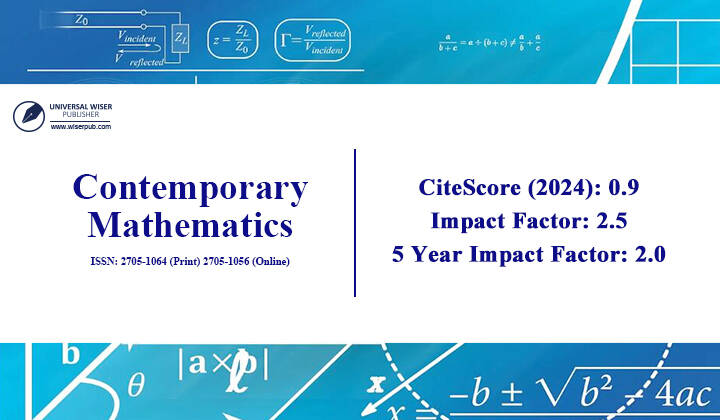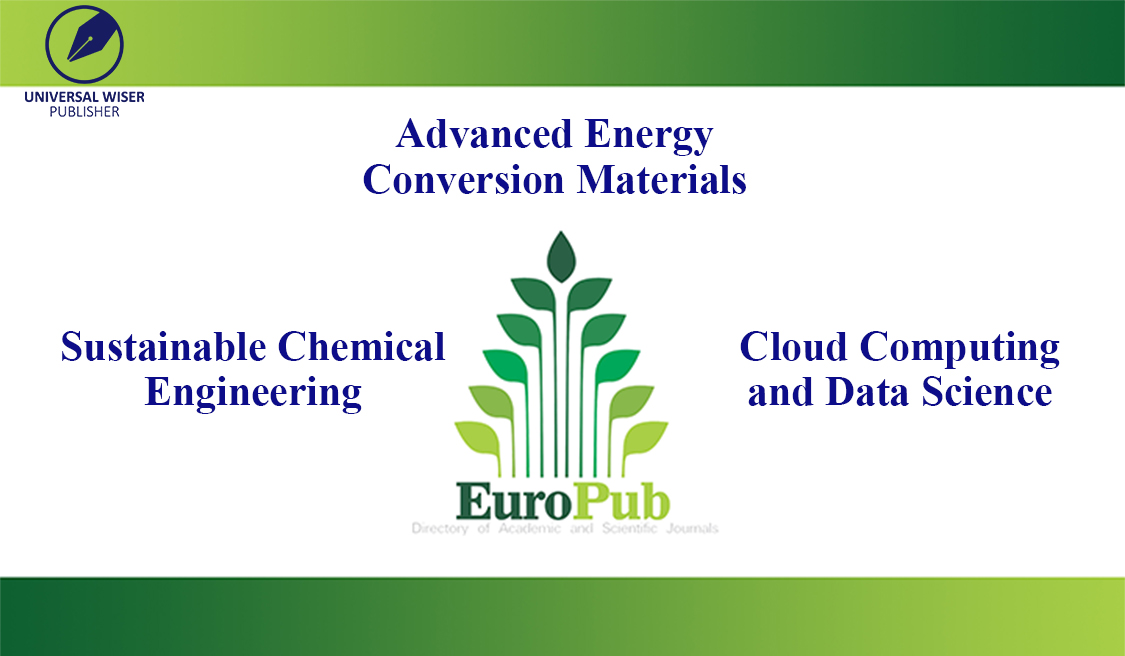


Wet electrolyte could be a key to inexpensive energy storage.
For scientists working to create the next generation of batteries, water has typically been the enemy. For example, lithium-ion batteries typically need to be produced under extremely dry conditions for them to hold large amounts of charge. But a new discovery may show that a specific type of lithium-ion battery can literally hold water.
In a battery, ions move between the two electrodes to balance the electrical charge created during charging and discharging. Electrolytes are the battery component that makes this happen. Based on detailed models of water in different electrolyte environments created through earlier computer simulations, U.S. Department of Energy’s (DOE) Argonne National Laboratory researchers developed a new battery electrolyte that can hold a thousand times more water than conventional electrolytes, according to Argonne senior battery chemist Zhengcheng “John” Zhang.
“We’ve always thought that water was going to cause major problems for a lithium-ion battery. However, it turns out that our formulation can hold dramatically more than previously known, which could help reduce costs in battery fabrication,” Zhang said.
Because lithium-ion batteries are “dry-cell” batteries, they can only contain trace amounts of moisture, which requires the need for special manufacturing facilities. However, by using an electrolyte composed of two kinds of salts — a lithium salt and an ionic liquid — the team was able to create a situation in which vastly more water molecules could be stably absorbed by the electrolyte.
To support the experiment results and investigate the underlying chemical mechanism, Argonne computational scientist Wei Jiang used the Argonne Leadership Computing Facility’s (ALCF’s) Theta supercomputer to perform simulations of the electrolyte near the electrode surface to get a picture of the behavior of the water molecules. The ALCF is a DOE Office of Science user facility.
“Modeling this complex process, which involves multiple length and time scales, requires the power of a supercomputer like Theta,” Jiang said. “The simulations gave us an atomic scale view into how water affects battery performance, providing insights that were not possible with laboratory experiments alone.”
Even small quantities of water degrade battery performance. This is because water molecules next to water molecules next to water molecules — nanoscale “puddles” — react with the electrolyte itself, generating corrosive byproducts that eat away at the battery.
However, the team’s simulations found that a new electrolyte, composed of a lithium salt and an ionic liquid, could separate and bind up water, sequestering individual water molecules. The Argonne team’s experimental work shows that this novel electrolyte can contain as much as a thousandfold more water than electrolytes currently used in electric vehicle and consumer batteries.
As revealed by the computer simulations, the key is that the water molecules do not gather into “puddles” and thereby lose reactivity.
“Even at the electrode surfaces, which are susceptible to water clustering, our atomistic simulations show that the single water molecules are very stable,” Jiang said.
By analyzing the clustering of water molecules in the electrolyte matrix, the computer simulations have identified a quantitative relationship between the electrolyte’s water tolerance and the “saltiness” of the electrolyte’s components.
“To a certain degree, having a salty electrolyte enables us to hold water,” Zhang said. “The water molecule is trapped by the different ions at a specific range of concentration ratios in the salty medium, and that makes it less reactive.”
This study provides a potential pathway for battery manufacturers to incorporate water in the battery fabrication process, allowing for lower-cost, more environmentally friendly manufacturing, according to Zhang.
Cell fabrication for validation was performed at Argonne’s Cell Analysis, Modeling, and Prototyping (CAMP) facility.
A paper based on the study, “An environmentally benign electrolyte for high energy lithium metal batteries,” appeared in the Nov. 19, 2021, issue of ACS Applied Materials & Interfaces.
In addition to Zhang and Jiang, other authors of the paper include Argonne’s Qian Liu and Zhenzhen Yang.
The research was funded by DOE’s Vehicle Technologies Office in the Office of Energy Efficiency and Renewable Energy. ALCF computing time was awarded through DOE’s ASCR Leadership Computing Challenge.
Source: https://www.technology.org/2022/05/03/water-battery-electrolyte-cheaper-easier-to-produce/

Scheduled Server Maintenance and System Downtime Notice Dec 16, 2025

Celebrating CM Editorial Board Members Recognized in the Wor... Oct 10, 2025

Food Science and Engineering Now Indexed in CAS Database Aug 20, 2025

Contemporary Mathematics Achieves Significant Milestone in 2... Jun 19, 2025

Three Journals under Universal Wiser Publisher are Newly Ind... Apr 21, 2025